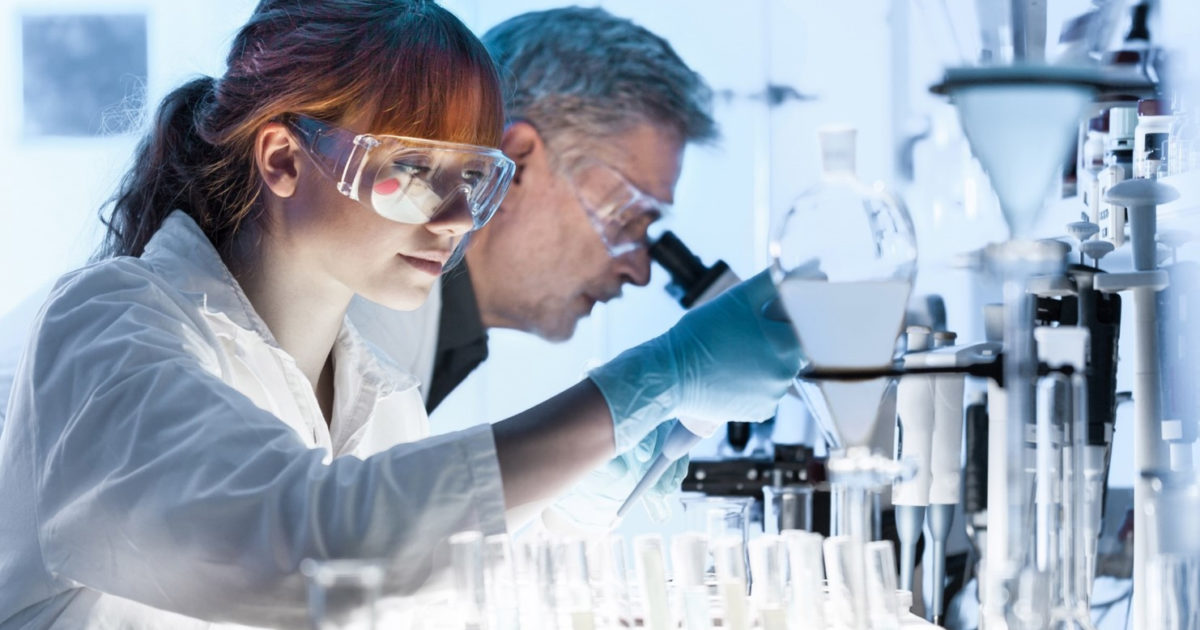ELISA is one of the most widely employed immunoassays in biomedical research. ELISA assays can not only determine antibody titers, but they can also quantify target analytes in complex biological matrices. Besides, ELISA assays are rapid, economical, highly sensitive, and can screen many samples.
ELISA assay methods are based on antigen-antibody interactions. They have enzymatic action with a substrate to produce a colored product. Today there are numerous methods based on the principles of ELISA assays, and their applications include the detection and quantification of proteins, peptides, antibodies, and even small molecules. Hence, robust ELISA immunoassay development and validation are crucial for generating reliable results. Besides, ELISA validation is vital, particularly during method transfer among laboratories. Therefore, the current article shares seven tips for ELISA service providers for a successful assay validation in 2023.
Identifying Optimal Reagent Concentrations
Generally, researchers must use checkerboard titration to optimize reagent concentrations. Checkerboard titrations involve serial dilution of the primary reagent across the assay plate while serial dilution of the other reagent down the assay plate. This approach helps analyze different combinations of concentrations in each well to find the most optimal reagent concentrations.
Optimization of Plate Coating
The coating solution should be free from detergents. The presence of detergents may generate competition for binding. On the other hand, excessive concentrations can lead to inadequate coating. One may include BSA in the coating solution, as some assays may see an increase in sensitivity.
Identifying the best Blocking Buffer
An ideal blocking buffer will reduce background noises and give better assay signals. Besides, it also minimizes unspecific binding between the antigen and conjugated secondary antibody. One should also include controls where antigen-coated wells are incubated only with the conjugate. Some ideal blocking buffers include gelatin and BSA.
Optimizing Conjugated Secondary Antibodies
Diverse conjugates will bind at different intensities with different antibodies. These differences in interactions will provide distinct ranges of the signal. As the primary objective is to bind with the entire antigen-antibody complex, one must know the right amount of conjugate before beginning with assay validation. Moreover, always use high-quality conjugates for analysis.
Adjust Incubation Times
Generally, antigen-antibody complexes form within two hours at room temperature. However, one may achieve stronger specific signals with longer incubation times. After adding the substrate, researchers must read the assay plate within the specified times. This interval will depend on the reporter system used in the assay.
Also Read: A Quick Guide To Biochemical And Cell-Based Assays
Follow the Protocol to the Point.
ELISA is a very sensitive assay. Thus, even minor changes can have a significant impact on assay results. Hence, running the assay in replicates, including controls, to reduce assay variability.
Identifying the Assay Format
ELISA assays come in different assay formats. Some examples of assay types include direct, indirect, sandwich, and competitive ELISAs. Each assay format has its advantages and challenges. Besides, each assay format requires unique assay components. Hence, investigators must identify individual research needs before selecting an ideal assay format, as the level of validation will depend on the intended application of the assay.
